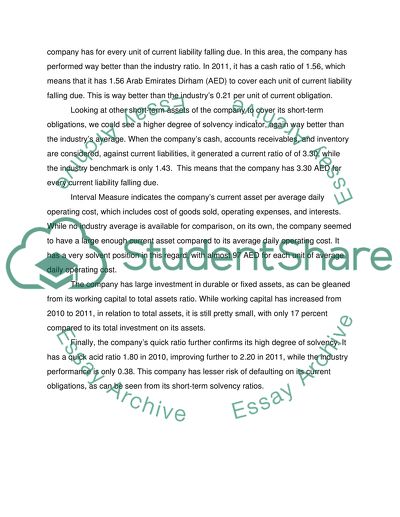Cite this document
(“Deep Water Experts Financial Ratios Assignment Example | Topics and Well Written Essays - 1500 words”, n.d.)
Retrieved from https://studentshare.org/finance-accounting/1479159-deep-water-experts-financial-ratios
Retrieved from https://studentshare.org/finance-accounting/1479159-deep-water-experts-financial-ratios
(Deep Water Experts Financial Ratios Assignment Example | Topics and Well Written Essays - 1500 Words)
https://studentshare.org/finance-accounting/1479159-deep-water-experts-financial-ratios.
https://studentshare.org/finance-accounting/1479159-deep-water-experts-financial-ratios.
“Deep Water Experts Financial Ratios Assignment Example | Topics and Well Written Essays - 1500 Words”, n.d. https://studentshare.org/finance-accounting/1479159-deep-water-experts-financial-ratios.


